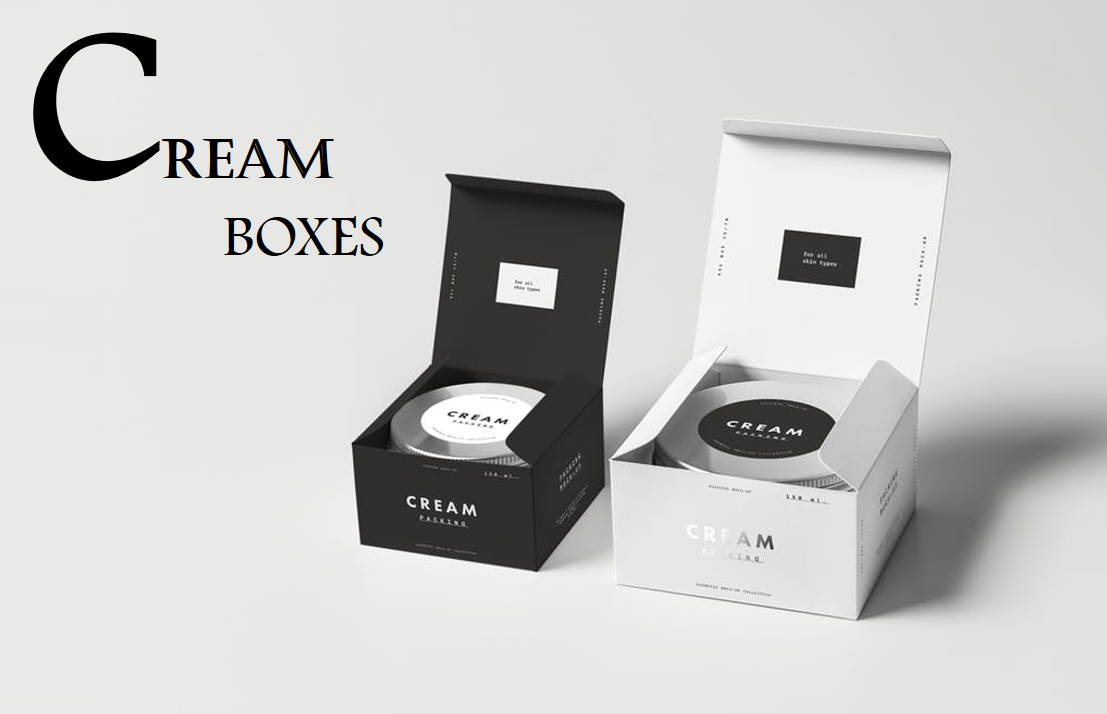Dual-class stock

What is dual-class stock?
A double-class stock structure can consist of Class A and Class B components, for example. These shares may vary depending on the voting rights and the payment of dividends.
When multiple stock classes are issued, one class is usually offered to the general public. While the other is offered to the company’s founders, executives, and family. Classes offered to the general public often have limited or no voting rights. While classes available to founders and executives have greater voting power. And often provide majority control of the company.
Key takeaways.
A company or stock that has a dual-class structure, shares two or more classes with different voting rights.
* Insiders are generally given access to a class of shares that provides. Greater control and voting rights. While the general public is offered a class of shares with little or no voting rights.
Proponents of such structures say that such structures allow those who founded the company. And at the moment allow the company to think long-term. Rather than at the mercy of short-term investors who Want to see big profits right now.
Understanding dual-class stocks.
Dual-class stocks are designed to give voting control to specific shareholders. Stock classes with unequal voting shares can be created to satisfy owners. Who does not want to control but want to provide public equity market financing.
Although there is no standard name for more than one share class. Class A shares are generally better than Class B shares. In other cases, though, the opposite is true. That’s why investors should research the details of a company’s share classes. If they are considering investing in a firm with more than one class of shares.
Leading companies, such as Ford and Warren Buffett’s Berkshire Hathaway. Have dual-class stock structures that give founders, executives, and families the ability to control the voting majority.
In Ford, for example, the dual-class structure gives the Ford family 40% control of voting power. While accounting for a small portion of the company’s total equity. The company’s stock still controls 90% of the vote with its powerful Class A shares.
Special ideas.
Although they have only recently become popular, dual-class structures have been available in various forms for some time.
The New York Stock Exchange (NYSE) banned the double-class structure in 1926 after the automotive company. Dodge Brothers made a public offering, which included non-voting shares for the public. However, the exchange revived the process after competing with other exchanges during the 1980s.
This is especially true of technology startups, many of which use this strategy to maintain control over their organizations.
Alphabet Inc.’s Google is the most famous example of this trend. Many were disappointed with Google’s initial public offering (IPO) when the Internet now boasts of one of the largest. Thirty largest market capitalizations worldwide, issuing second-class B shares to its founders 10 times more votes than shares. People 5.
Many stock indexes have stalled, including companies with dual-class structures.
Dual-class stock dispute
Dual-class stock structures are controversial. It also helps the founders maintain their control over the company. As potential takeovers can be avoided through their dominant voting shares.
Opponents, on the other hand, argue that the structure allows a small group of privileged shareholders to retain control. While other shareholders (with less voting power) provide the majority of the capital. In fact, there is an unequal distribution of risk.
The founder is able to raise capital from public markets with minimal economic risk. Shareholders carry a large portion of the risk associated with the strategy.





